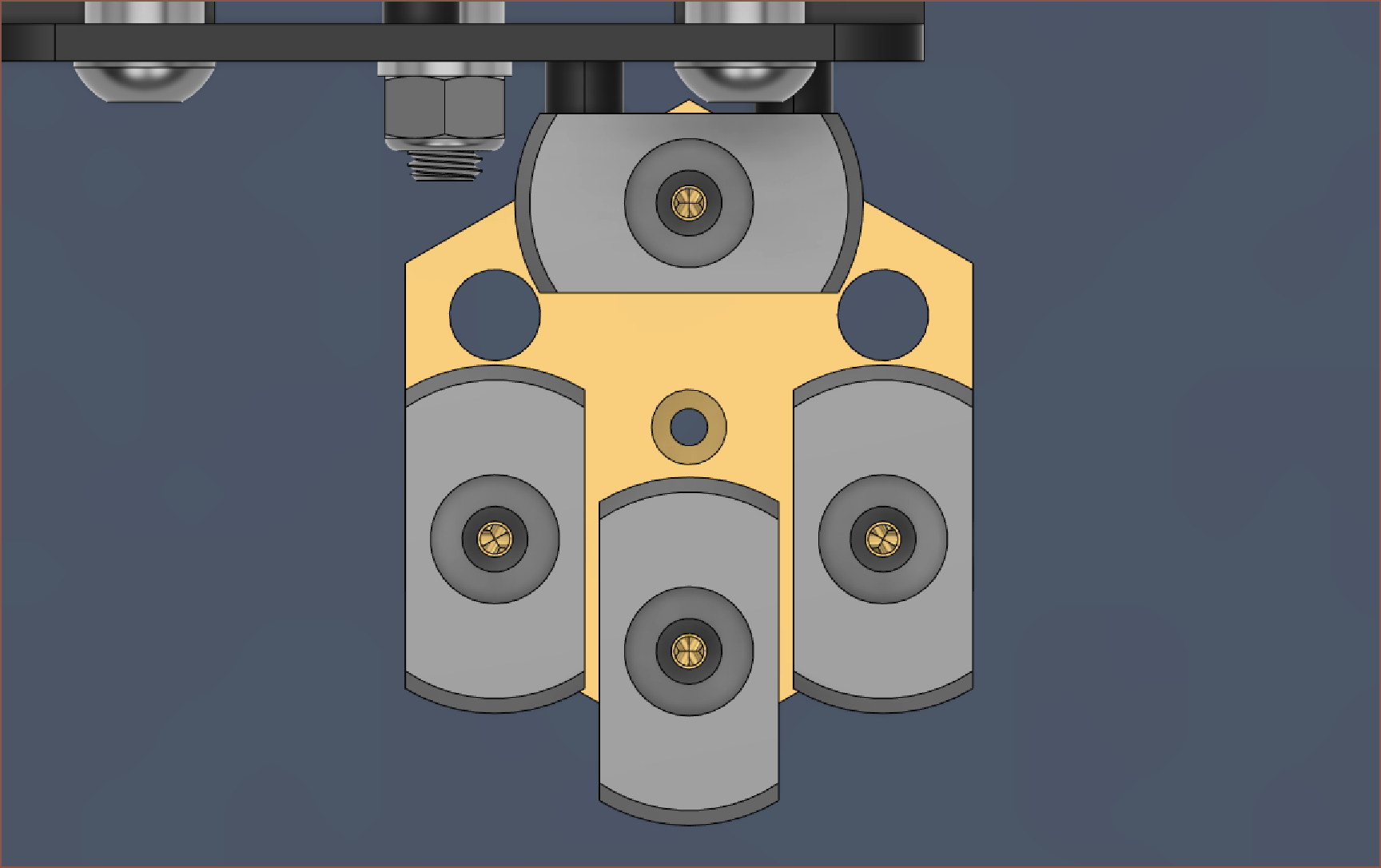
I've started looking into the actual hotend implementation, and I'm still more of a fan of trying for 4 materials to obtain full colour instead of requiring black too. It also helps that I can use the cheaper heatsink+heatbreak combo instead of the £15 NF Smart+additonal bowden couplers.
It's likely that I start out with the 5th input blocked with an M6 grub, but I could also skip straight to the cool engineering features and have a tube inside. The cross sectional area (CSA) of the 2.5mm shaft is approx 5mm^2. 1.75mm is about half that. If there's a 1.5mm tube in the centre, there's actually still 3.1mm^2 of CSA between the outer tube wall and the inner shaft wall.
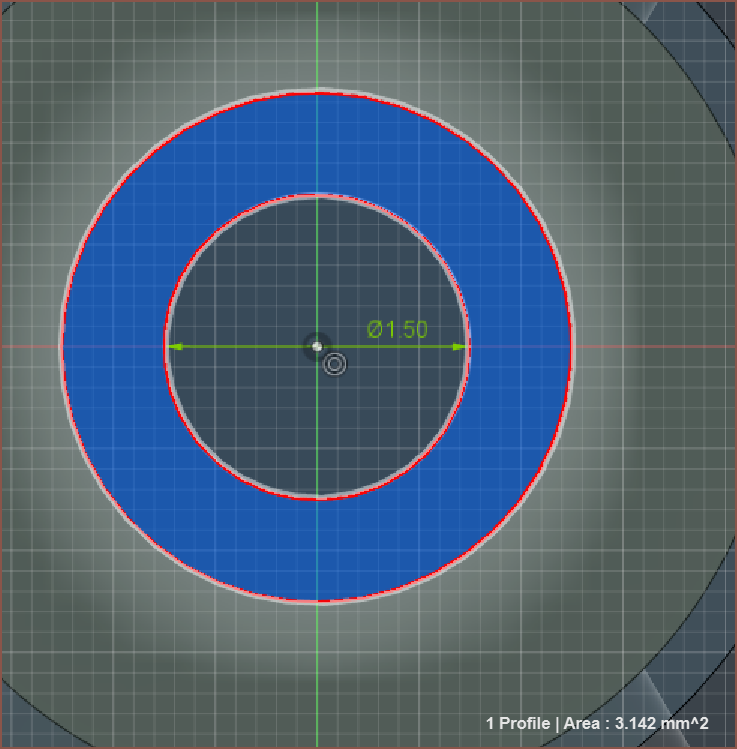
Now, the main thing I'm trying to compute against is the material either leaking from the tube insert or going up the inside of the tube itself. I'm thinking of using PTFE tubing to do this, though 2mm ID x 4mm OD is more common than 1.5 X 3mm.
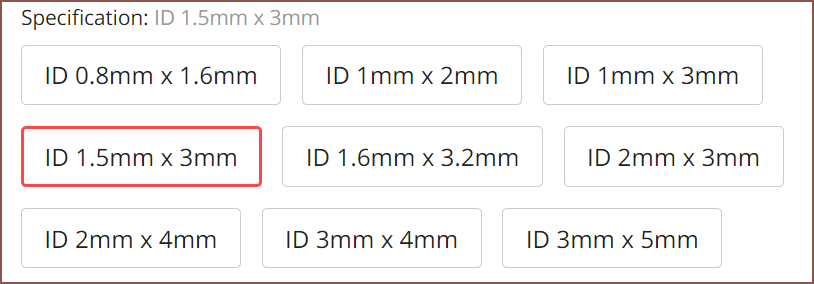
I could use the latter along with a heatbreak designed for 3mm filament. However, since PTFE is slippery, the tube will still need to be held externally. Perhaps I could use this to my advantage. Let me explain.
I need to have an idea on how to get the air to extrude tubes (and not just produce bubbles similar to wet filament) whilst still having the option to use 0.4 or 0.8mm nozzle orifices and change them without tedious recalibration, as well as support continuous fiber / copper wire. While they look lovely, I don't have many applications for 2.5mm wide print track widths. The smallest but reasonably sized metal tubes in both brass and stainless steel is 1mm OD, and the ID is 0.5 and 0.7mm respectively. The smaller one could allow for better control of the continuous fiber, wheras the large one allows more air through
The great news is that I just found out that basalt fiber thread finally exists on AliExpress with a diameter of 0.25mm. Glass fiber thread can also be found in this size.
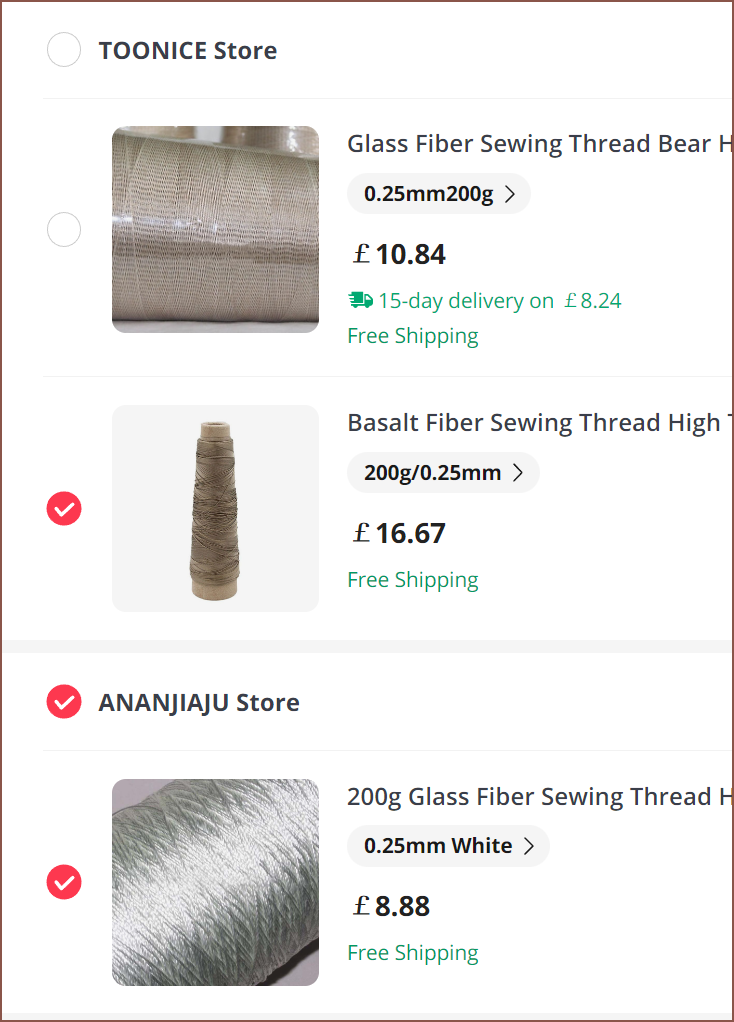
For the conductive traces, gold plated copper wire exists. The spool sizes aren't that much though. 20 or 30m might look like a long amount, but a 50 x 50mm ground "plane" is 6.25m of wire.
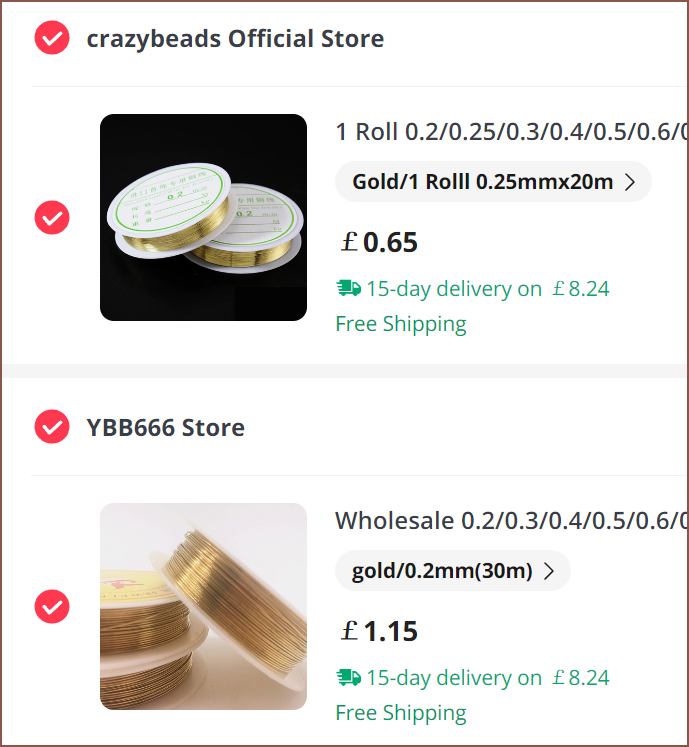
At least you can get this stuff for bottom dollar.
With this in mind, 2 threads would just barely fit inside a 0.5mm ID tube, yet 5 threads could fit inside a 0.7mm tube. I can easily see a situation where I'd like a fiber reinforced electronic part. I think the stainless steel tube is the better option.
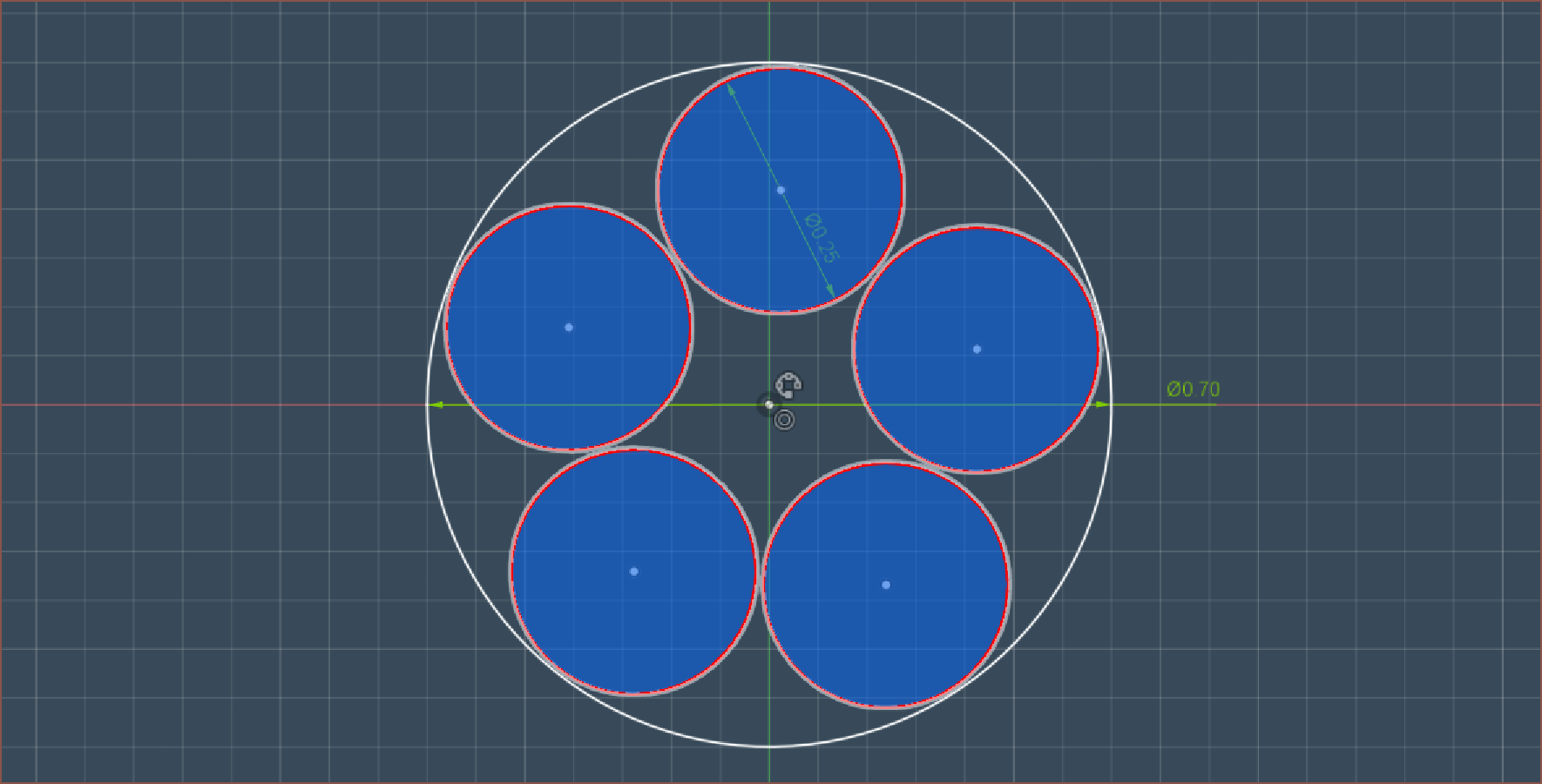
Like with any other fluid I've ever seen, I'm hoping that the tube can be pressurised such that the molten filament cannot come up through this tube.
For the best chance of tube extrusion, and to minimise the amount of fiber/wire inside molten filament, I'm thinking of this tube being as close to the nozzle orifice as possible. At the same time, I'm wondering if it'll be possible to use this situation to my advantage for an active anti-ooze system, such as CEL's system.
I think, for now, since I've just got single / multi colour prints in the print queue, I'll design for 4-input extrusion now and revisit all the fancy stretch-goal features if deemed time-worthy.
 kelvinA
kelvinA
Discussions
Become a Hackaday.io Member
Create an account to leave a comment. Already have an account? Log In.